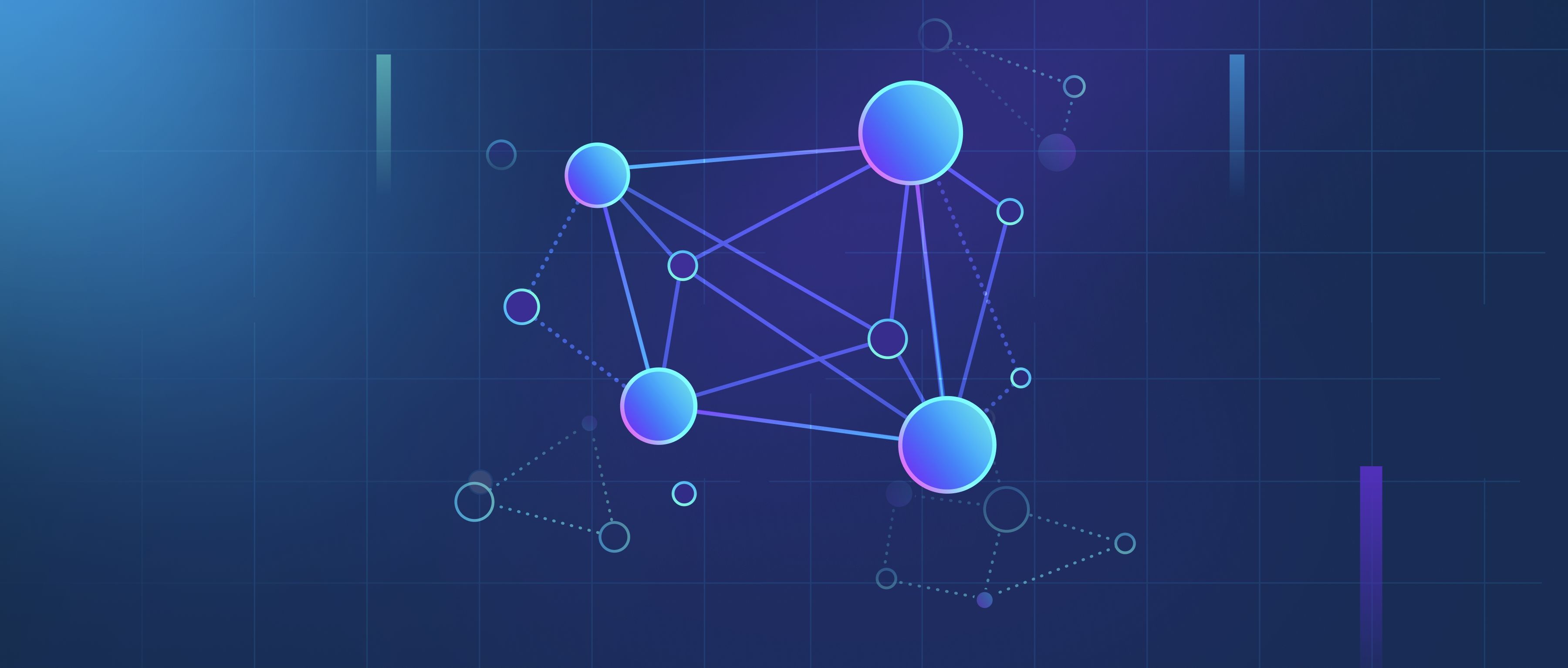The transformer architecture is the foundation of most modern LLMs and is designed to handle sequential data like text efficiently. It uses a mechanism called self-attention to focus on relevant parts of the input sequence, allowing the model to capture context across long distances. Unlike older models like RNNs, transformers process entire sequences simultaneously, making them faster and more effective for language tasks.
Transformers consist of encoder and decoder blocks. The encoder processes the input and extracts meaningful features, while the decoder uses these features to generate output. Each block contains layers of attention mechanisms and feed-forward neural networks, enabling the model to understand and generate complex language patterns.
The transformer’s efficiency and scalability make it ideal for training large models. For example, models like GPT use the decoder-only version, while BERT uses the encoder-only version. This flexibility has made transformers the go-to architecture for LLMs and many other AI applications.
